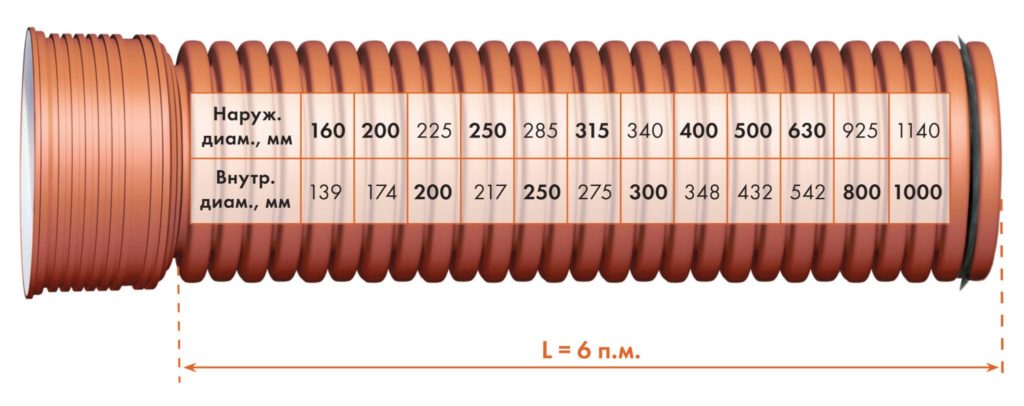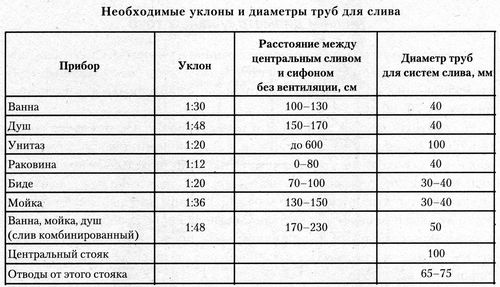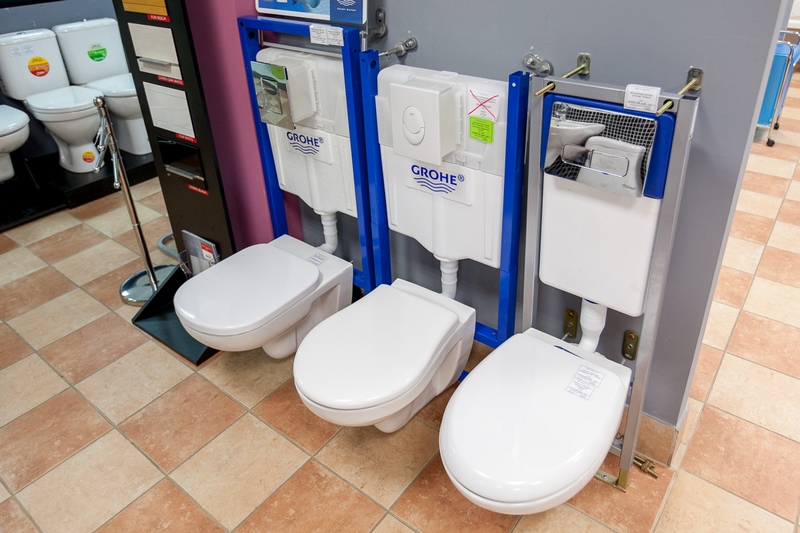Selecting the diameter of the sewer pipe for the toilet
The main headache for those who want to install a sewer system in their home is preliminary calculations. There is so much to take into account, and if you miss something, you will have to redo everything all over again, wasting money and invaluable time. Well, let's try to delve into this difficult matter.
The content of the article
Parameters of various types of sewer pipes
The first factor that needs to be taken into account is the volume of drains, and it depends on the number of plumbing fixtures in the house. If you only have a bathroom, a toilet and a kitchen sink, you can choose a smaller diameter, and if you also add a washing machine, dishwasher, and, God forbid, a bidet with a urinal to all this, then, of course, then it’s better to buy a larger one .
Reference! While researching the issue of diameter on the Internet, you may come across scary articles in which you will be assured that you need to take into account the installation points of plumbing, turns, connection points, the speed of movement of drains, etc., etc. Before your brain explodes , I’ll reassure you right away: all this needs to be done by professional builders who lay internal communications and their task is to provide sewerage to an entire apartment building. I still suspect that your scope of work is limited only to an apartment or a private house, and for these purposes such subtleties are not needed.
What you need to consider is the material of the pipes.But fortunately, this is not at all difficult, since there are well-established standards, which I will simply copy here.
If plastic is used, then pipes with a diameter of 32, 50 or 110 mm are required to lay sewerage inside the house. The same parameters are suitable for products made of polyvinyl chloride. In general, these are the most popular materials because they are reliable and easy to use.
Cast iron is much less popular for indoor communications, but its fans still exist. They can choose pipes with a diameter of 5 to 30 cm.
How to determine the diameter depending on the purpose of use
First of all, pay attention to this table.
As you can see, it is very convenient to select pipes for each type of plumbing equipment. Now let's look at this in a little more detail.
For the central riser of an ordinary apartment with a standard amount of plumbing, 10 cm is just right.
Pipes with a diameter of 4 to 5 cm are suitable for the kitchen, and now I will explain why. Firstly, the shaped parts of the sink are designed specifically for these parameters, which means that additional adapters may not even be required. Secondly, this diameter is most optimal for the volume of waste that is usually found in standard kitchens.
Now the toilet. For obvious reasons, the pipe connected to the toilet must be the widest - at least 10 cm.
Attention! The shorter the tap, the better. The short distance between the toilet and the main riser significantly reduces the possibility of blockages.
For urinals, for equally obvious reasons, a pipe with only a 5-centimeter diameter is sufficient. The same goes for the bathroom.
We need to talk separately about the washing machine.It all depends solely on its technical characteristics, so be sure to find them on the Internet. If you are just planning to buy it, consult the seller on this issue. The only one hundred percent working rule is that the diameter of the pipe should in no case be smaller than the drain hose. The average, most common parameter is 3.2 cm.
For a dishwasher you will need a 4cm pipe.
I hope that this information will be useful to you and will help you lay the sewer pipeline correctly. The main thing is not to forget about the correct installation technology, but this is a topic for another article.





